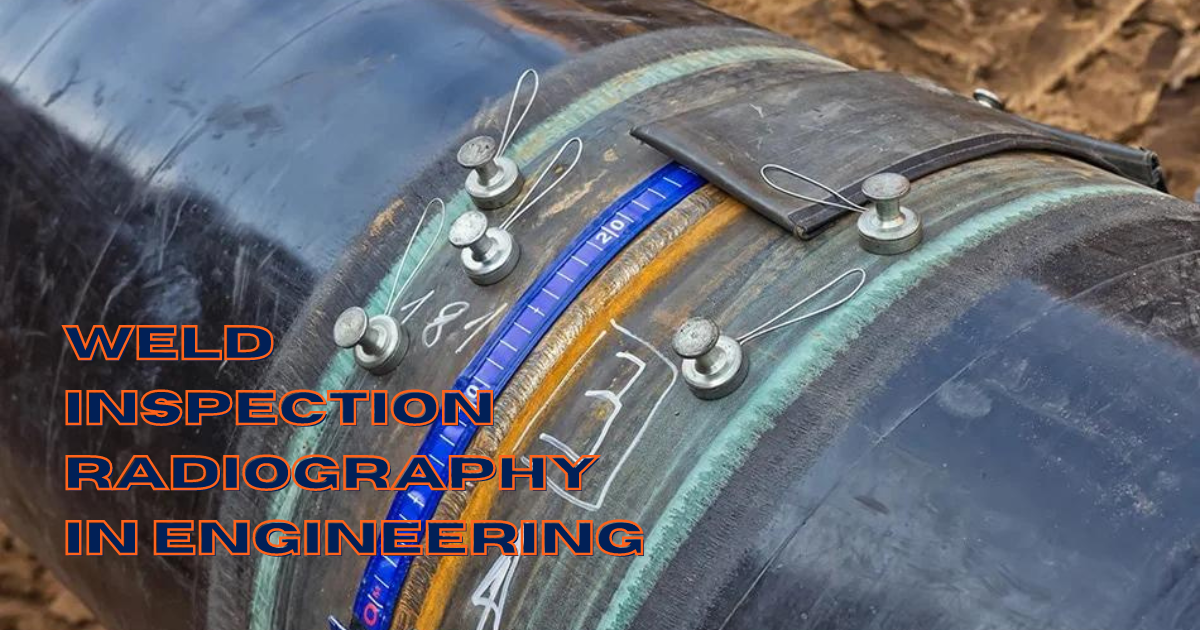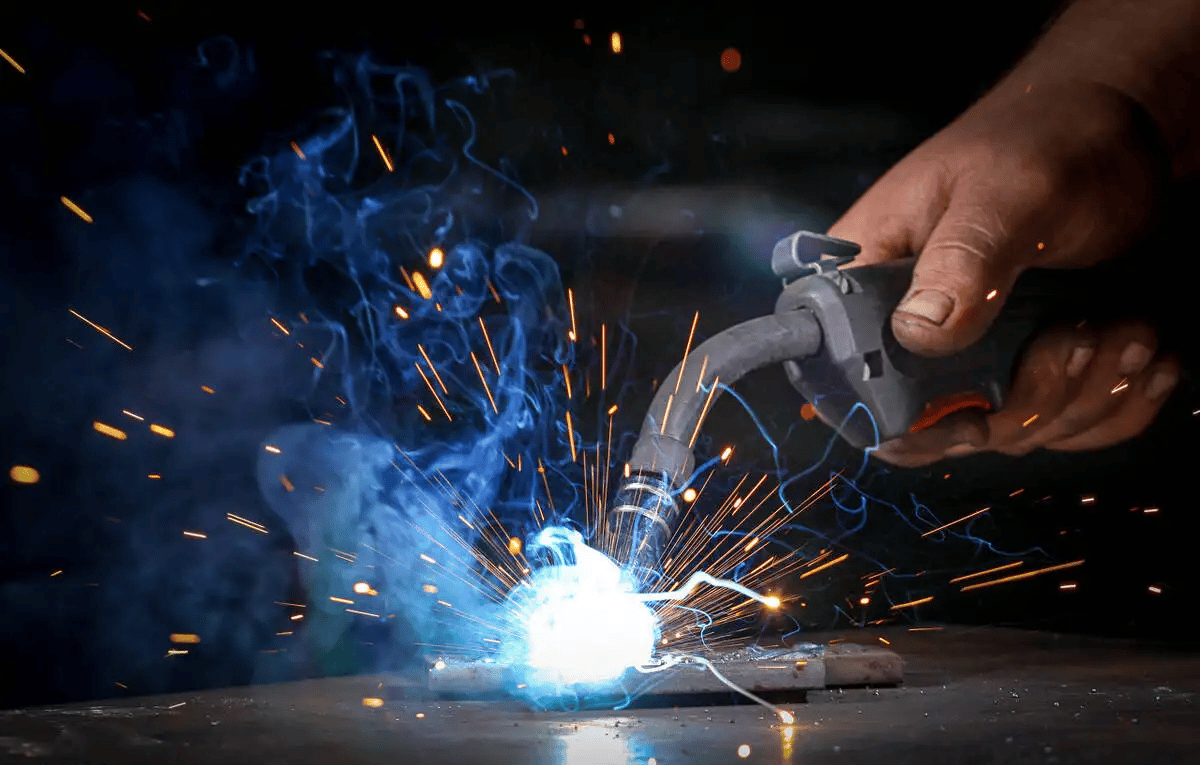How to Select the Right Welding Inspection Racine Service Provider for Your Requirements
How to Select the Right Welding Inspection Racine Service Provider for Your Requirements
Blog Article
Ingenious Strategies to Fillet Weld Evaluation and Testing: Enhancing Weld Quality and Compliance Specifications
In the world of welding, the high quality and integrity of fillet welds play an essential role in making certain the structural strength and dependability of various commercial components. With the consistent drive for boosted performance and compliance with rigid criteria, the expedition of innovative strategies to fillet weld evaluation and screening has actually become essential.
Advanced Non-Destructive Screening Techniques
Making use of state-of-the-art modern technologies, progressed non-destructive screening approaches play a vital duty in making certain the honesty and quality of fillet welds. These methods, such as phased range ultrasonic testing (PAUT) and magnetic particle testing (MPT), offer in-depth insights right into the weld's internal framework without creating any damage to the material. PAUT, as an example, makes use of multiple ultrasonic elements to evaluate the weld from numerous angles, supplying a detailed visualization of possible flaws like absence of blend or cracks.
In A Similar Way, MPT works in discovering surface-breaking issues by applying a magnetic area and iron bits to the weld location. This approach is especially helpful for recognizing interruptions that might compromise the weld's strength. By utilizing these innovative non-destructive testing methods, weld inspectors can properly examine the top quality of fillet welds, making certain compliance with sector standards and laws. The ability to identify problems beforehand not just improves weld top quality however also stops costly rework or failings in architectural honesty, highlighting the importance of these cutting-edge testing strategies in welding assessments.
Robotics and Automation in Examination
The combination of robotics and automation has transformed the evaluation procedure for fillet welds, enhancing efficiency and accuracy in quality analysis. Robotics use specific control and repeatability in examining welds, making certain regular and dependable results. Automated systems can be programmed to comply with particular inspection courses, making sure thorough protection of welds and reducing the risk of human mistake.
Robotic evaluation systems geared up with innovative sensing units can detect and gauge weld functions with high accuracy, offering comprehensive information for analysis. These systems can determine issues such as cracks, lack of fusion, and porosity, making it possible for prompt rehabilitative actions to be taken. Furthermore, robotics and automation permit real-time data collection and evaluation, offering prompt responses to drivers and helping with quick decision-making procedures.
Additionally, using robotics and automation in fillet weld assessment enhances overall performance by decreasing assessment times and raising examination throughput. By simplifying the evaluation process, manufacturers can make certain weld high quality and conformity requirements are fulfilled efficiently, ultimately bring about cost financial savings and enhanced item high quality.
Using Expert System for Evaluation
Synthetic intelligence plays an essential function in boosting the efficiency and accuracy of evaluation in fillet weld evaluation procedures. By taking advantage of the power of AI, assessors can simplify the analysis of weld top quality and conformity criteria, bring about much more trusted and specific results. AI formulas can swiftly refine substantial quantities of information from weld evaluations, detecting problems or variances that may be challenging to understand the nude eye. This sophisticated modern technology allows real-time tracking of weld top quality, allowing for immediate corrective activities to be taken if any concerns are spotted.
Additionally, AI systems can learn from previous inspection information, continually improving their capability to identify prospective issues and deviations in fillet welds. This flexible knowing capacity improves the general quality control process, minimizing the likelihood of human More Bonuses error and ensuring that welds fulfill the required standards. By integrating expert system right into fillet weld evaluation, sectors can attain greater levels of efficiency, consistency, and conformity in their examination methods.
Portable Devices for On-Site Assessment
 Enhancing field assessment performance, the adoption of mobile tools transforms on-site analysis procedures for fillet welds. These devices offer versatility and benefit, permitting examiners to perform extensive examinations in numerous areas, consisting of remote or challenging atmospheres. Mobile devices such as ultrasonic screening devices, magnetic bit inspection equipment, and electronic radiography systems give real-time information and high-resolution imaging capabilities, enabling quick decision-making and immediate feedback on weld quality.
Enhancing field assessment performance, the adoption of mobile tools transforms on-site analysis procedures for fillet welds. These devices offer versatility and benefit, permitting examiners to perform extensive examinations in numerous areas, consisting of remote or challenging atmospheres. Mobile devices such as ultrasonic screening devices, magnetic bit inspection equipment, and electronic radiography systems give real-time information and high-resolution imaging capabilities, enabling quick decision-making and immediate feedback on weld quality.One significant benefit of mobile tools is their ability to enhance assessment treatments, minimizing downtime and boosting total efficiency. Inspectors can easily deliver these tools to different work sites, removing the requirement for delivering heavy machinery or components to off-site facilities. Furthermore, the transportability of these tools advertises cost-effectiveness by decreasing transport costs and accelerating examination timelines.
Moreover, using mobile devices for on-site evaluation advertises proactive top quality control measures, as assessors can promptly identify and address any kind of possible welding defects or discrepancies. By incorporating these ingenious innovations into on-site assessment practices, welding experts can guarantee conformity with sector standards and improve weld quality, ultimately causing enhanced structural stability and security in different welding applications.
Integration of Data Management Equipment
Having maximized on-site inspection procedures with the application of portable devices, the following phase involves the seamless assimilation of information management systems to better enhance efficiency and information evaluation capacities in fillet weld evaluation and testing. Welding Inspection Racine. By incorporating information management systems into the evaluation process, companies can simplify information collection, storage space, and analysis. This combination permits real-time surveillance of weld quality, prompt recognition of issues, and punctual decision-making to fix any kind of check out here issues that might arise throughout the assessment process
The assimilation of data management systems allows seamless communication in between various stakeholders involved in the inspection procedure, promoting cooperation and boosting overall high quality control steps. Eventually, the combination of data management systems serves to raise the criteria of fillet weld evaluation and screening, making certain conformity with industry policies and boosting weld top quality.
Final Thought
To conclude, cutting-edge techniques to fillet weld inspection and testing have actually significantly improved weld high quality and compliance standards. Advanced non-destructive screening methods, robotics, automation, man-made intelligence, mobile tools, and data management systems have changed the method weld inspections are conducted. By using these innovations, industries can make sure that welds meet the needed top quality criteria and guidelines, eventually enhancing general efficiency and safety in welding procedures.

By using these advanced non-destructive testing methods, weld assessors can properly assess the quality of fillet welds, ensuring compliance with sector standards and guidelines. Portable devices such as ultrasonic screening gadgets, magnetic particle evaluation devices, and electronic radiography systems supply real-time information and high-resolution imaging abilities, making it possible for fast decision-making and immediate comments on weld quality.
Having optimized on-site inspection processes with the application of mobile devices, the following phase includes the smooth assimilation of information administration systems to additionally boost efficiency and data evaluation capabilities in fillet weld assessment and screening (Welding Inspection Racine). Inevitably, the assimilation of information monitoring systems offers to elevate the requirements of fillet weld examination and screening, guaranteeing compliance with industry regulations and boosting weld quality
 In verdict, cutting-edge methods to fillet weld inspection and screening have find actually considerably boosted weld high quality and conformity standards.
In verdict, cutting-edge methods to fillet weld inspection and screening have find actually considerably boosted weld high quality and conformity standards.Report this page